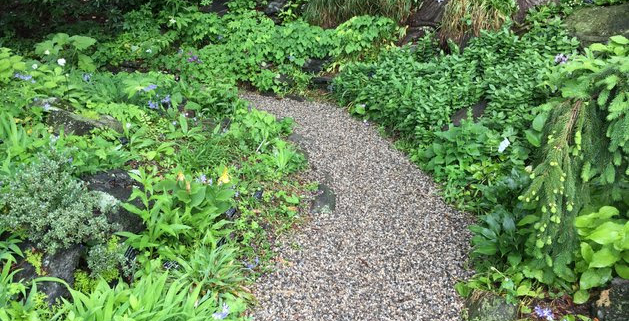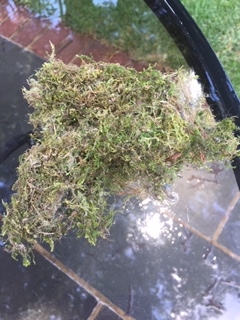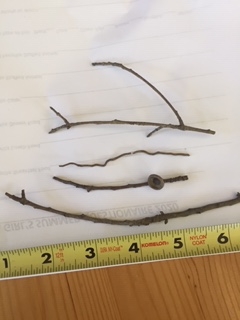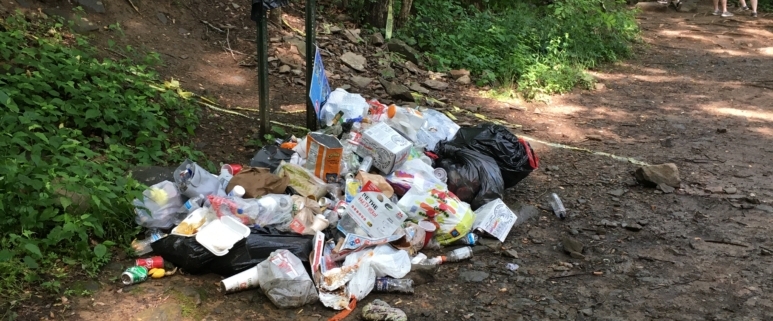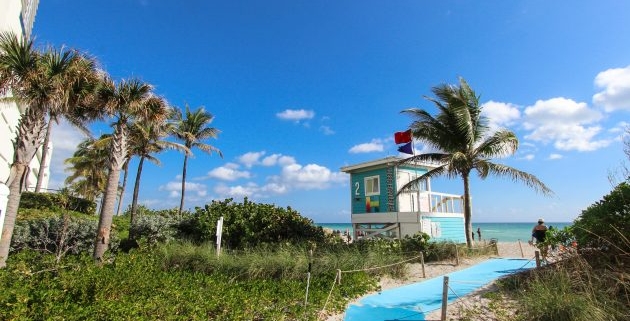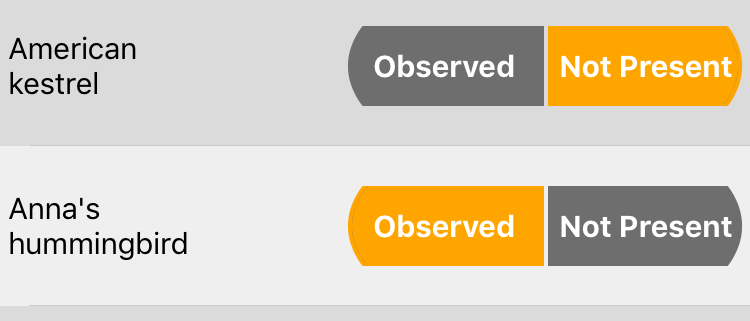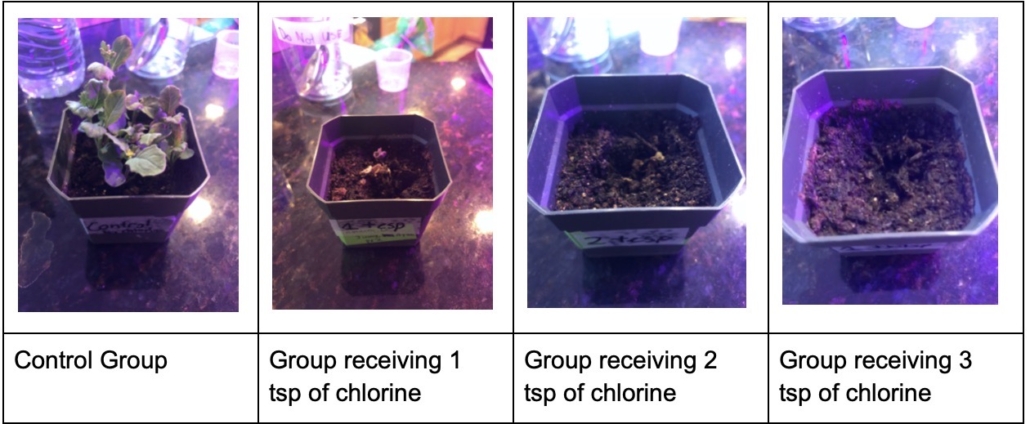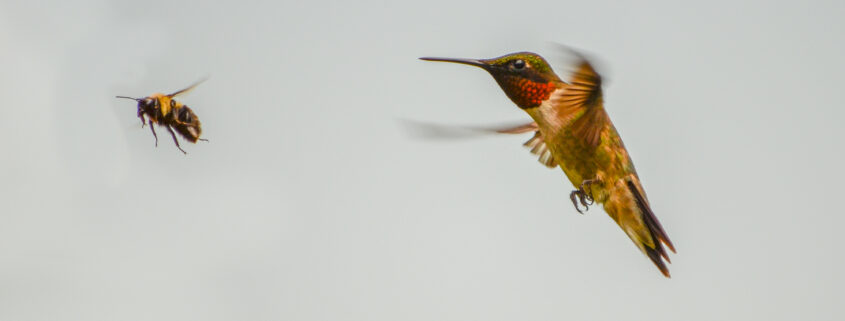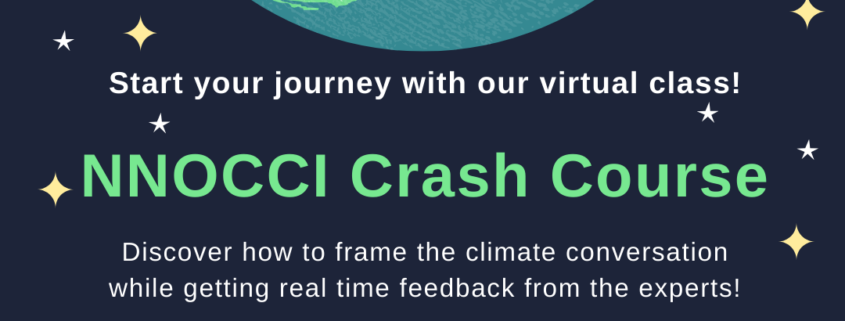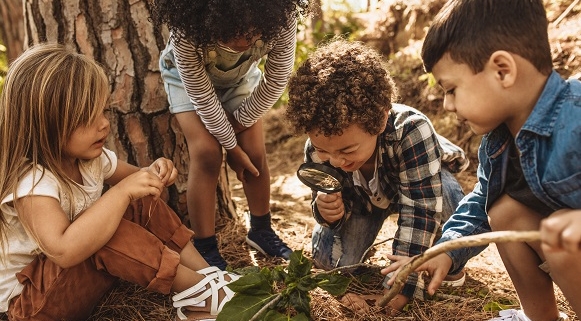Native Plant Landscaping: Three Factors for Success
Margaret Fisher, Plant NOVA Natives
For anyone who wants to help the birds and butterflies but is not an experienced landscaper, a few design concepts can help make the difference between a random collection of native plants and a beautiful but manageable landscape that supports our local ecosystem. Three major considerations come into play.
The first is the understanding that basic garden design principles apply to any garden, whether using native plants or not. For example, the human eye has trouble with randomness and will rove around seeking meaning and a place to rest. You can control that process by adding repetition, lines and focal points, which can be provided by plants and also by human-made objects such as pots, walkways, or benches. Since most plants only bloom for a short while, for consistent beauty it helps to choose plants with contrasting size, form and foliage and not just interesting flower colors.
The second consideration is maintenance. Some people are allergic to weeding while others find it a relaxing pleasure. Either way, no one has infinite time to put into it. When adding new planting areas, there is a lot to be said for starting small. For maximum ecological benefit for a minimum or work, you could simply add a small grove of native trees, or swap out the non-native shrubs for native ones. Gardening in the shade is always easier than in the sun where plants and weeds grow so much faster.
The third consideration is the needs of the critters you are trying to help. They don’t care how your property looks, but they do have other strong preferences. For example, the more plant diversity, the more biodiversity in general. It is also useful to provide clusters of the same plant species since that will increase the foraging efficiency of the bees. A diversity of plant height is also important – from the canopy trees to the ground – for critters such as birds that nest at different levels. The closer you can come to reproducing the original plant communities, the more your home habitat will contribute to a functioning local ecosystem.
The above examples are just a few of the many helpful tips you can find on the new Plant NOVA Natives web page on garden design. The campaign is also planning a series of quick virtual “workshops” where you can ask your questions of garden designers – sign up for campaign updates to get notifications of the dates. And be sure to sign up for the August 3 talk by Rick Darke, co-author with Doug Tallamy of The Living Landscape: Designing for Beauty and Biodiversity in the Home Garden.


